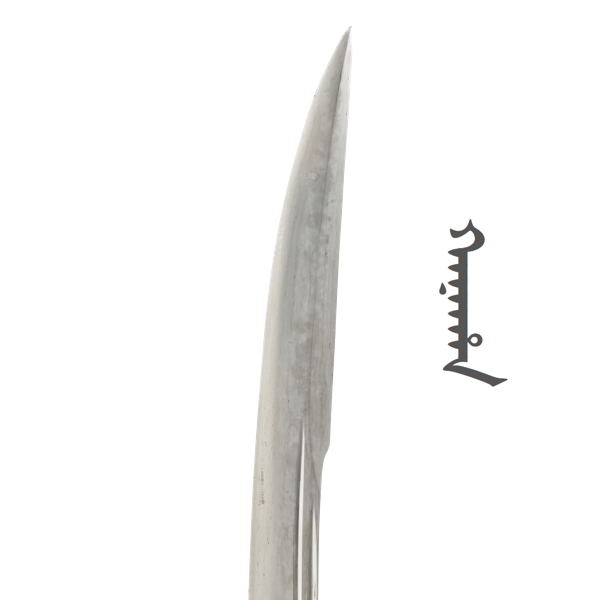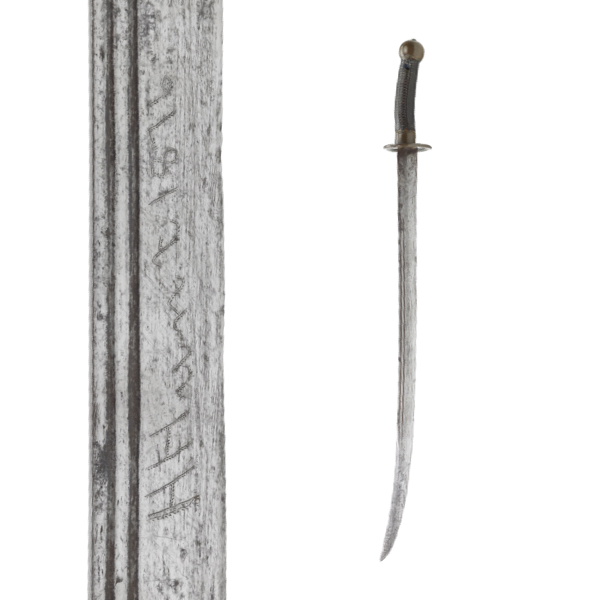
Chinese military saber marked 1876
Southern Chinese officer style saber with later inscription H.Hunt 1876.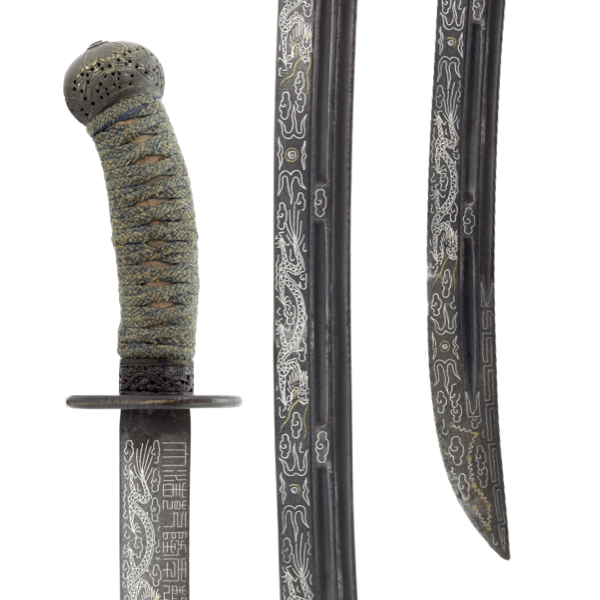
Silver overlaid pèidāo
A Qing officer saber with silver overlay on the blade.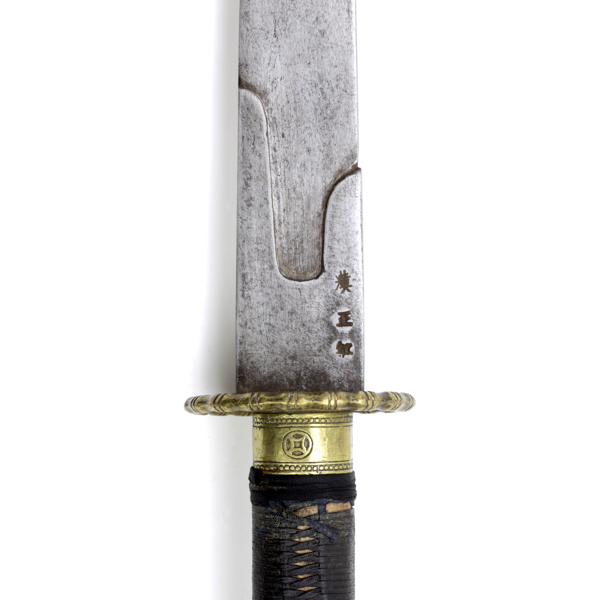
Han Plain Red Banner saber
Southern Chinese saber made for a soldier under the Plain Red Banner.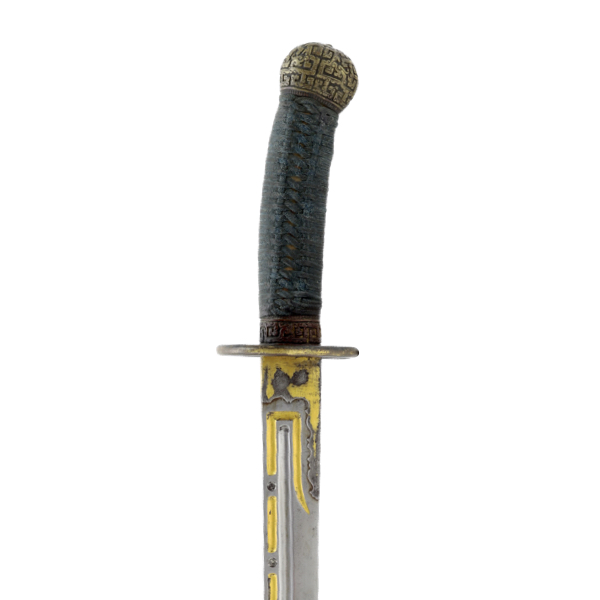
Qing peidao with gold grooves
With fine 18th century blade that combines many stylistic features.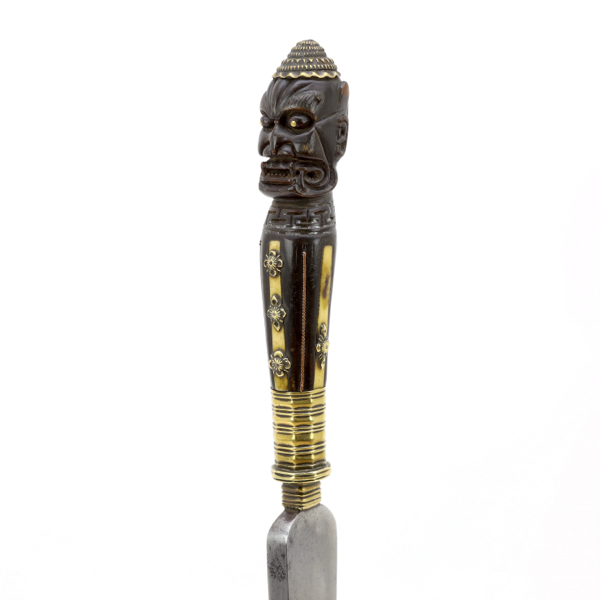
Chinese demon head saber
Based on a Chinese military saber blade, with unusual horn demon hilt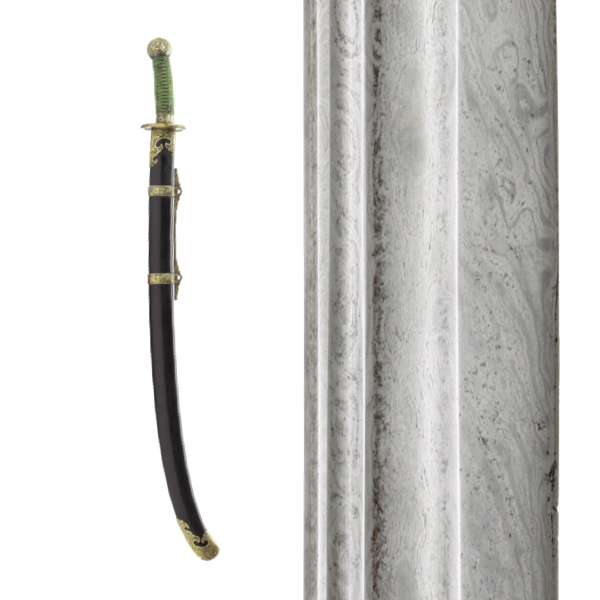
Qing twistcore peidao
A fine twistcore blade in standard pattern Qing military mounts.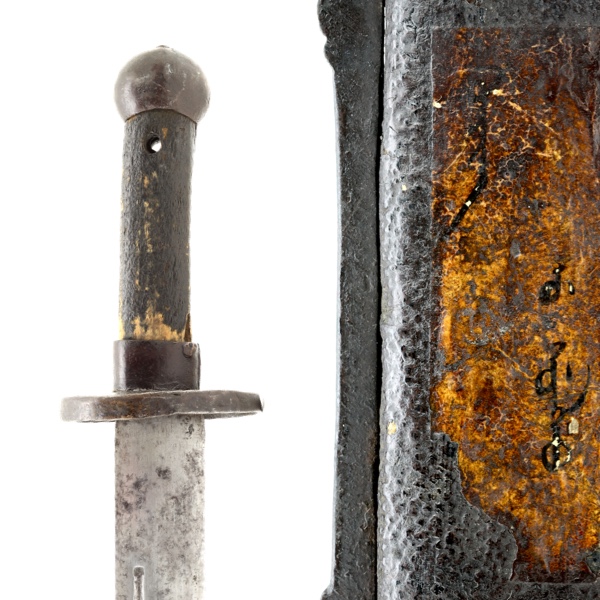
The saber of Manchu Wu Songlu
A standard pattern Qing military saber, but with the rare addition of a label in Manchu.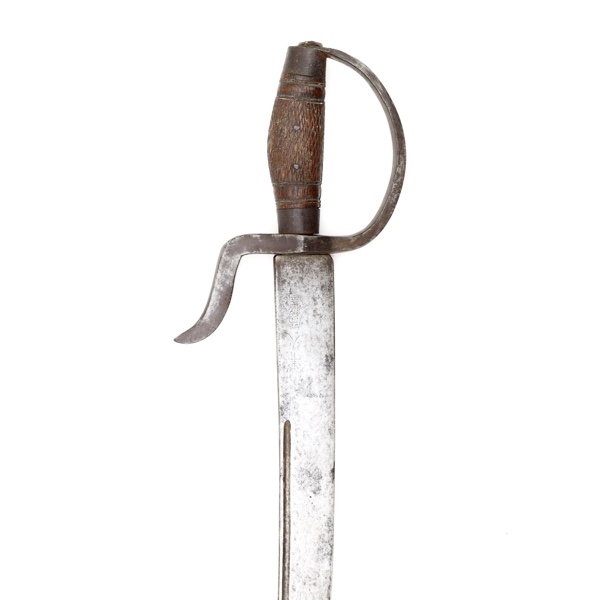
Jūn Huǒ Jú-made saber
Produced in the ordnance factory in Zengbu, near Guangzhou.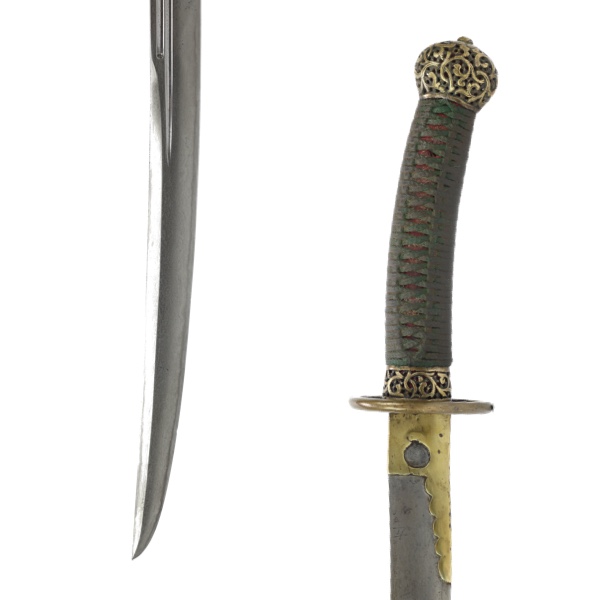
Liuyedao with very good blade
Description
This Chinese liǔyèdāo is an excellent example of Chinese bladesmithing at its best.
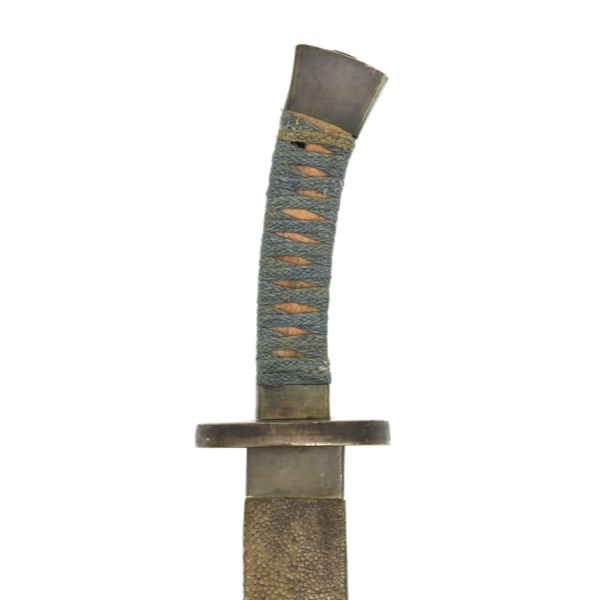
Qing fangshi soldier's saber
A rare surviving example of the simple military version of this style.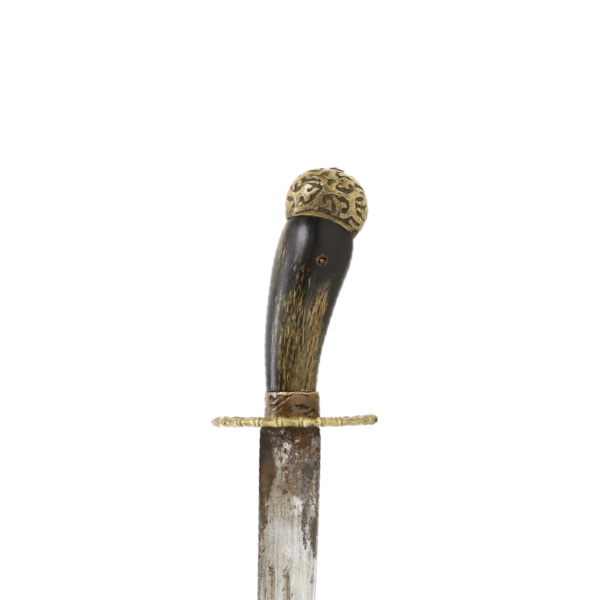
Cantonese saber
With brass mounts and ray skin covered scabbard.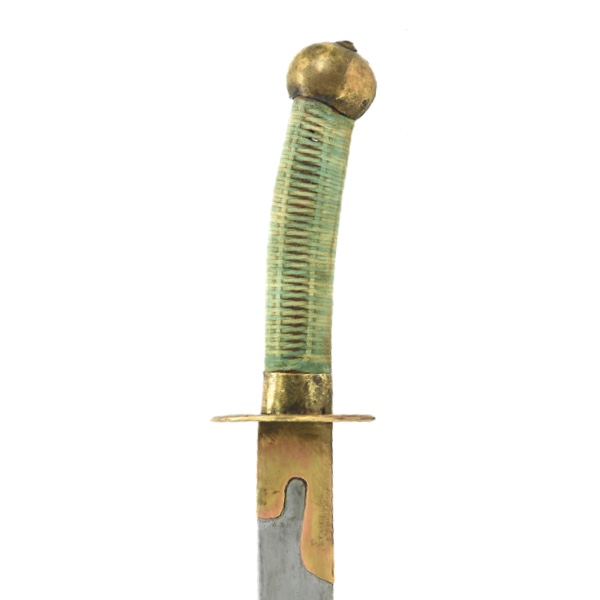
Southern Chinese saber
Of typical southern form with a very slender, pointy blade.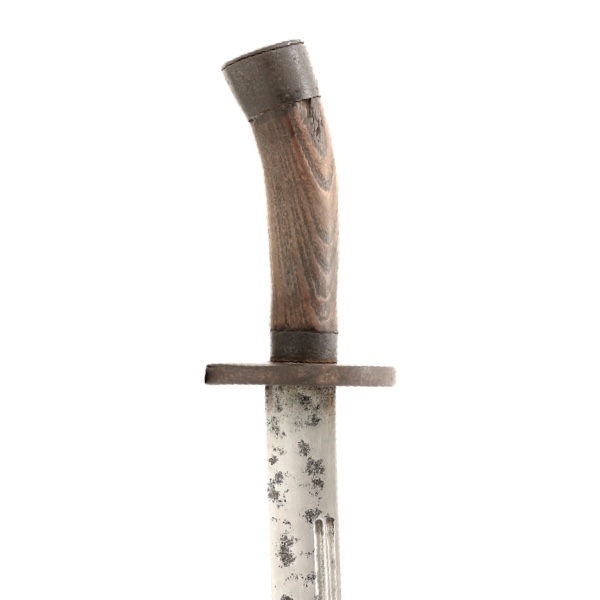
An early form niúwěidāo
With good, layered blade, mounted in forged iron mounts.
Qijiadao in Vince Evans mounts
The 17th-century blade is mounted in fittings designed by Philip Tom and executed by Vince Evans some 20 years ago.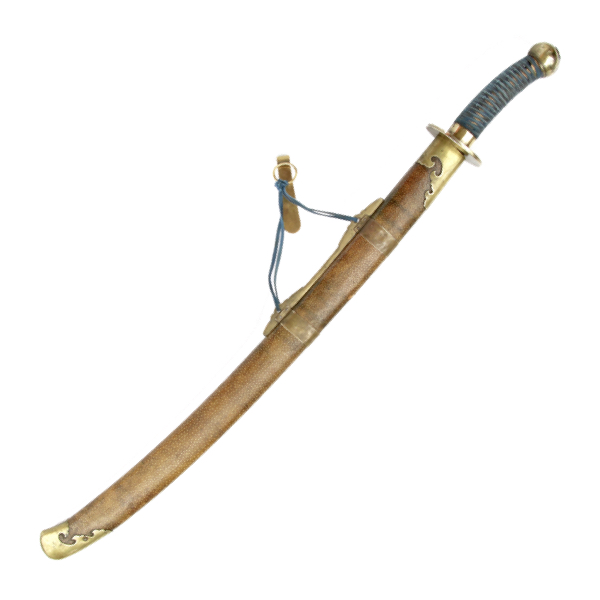
Loho
Manchu word for saber.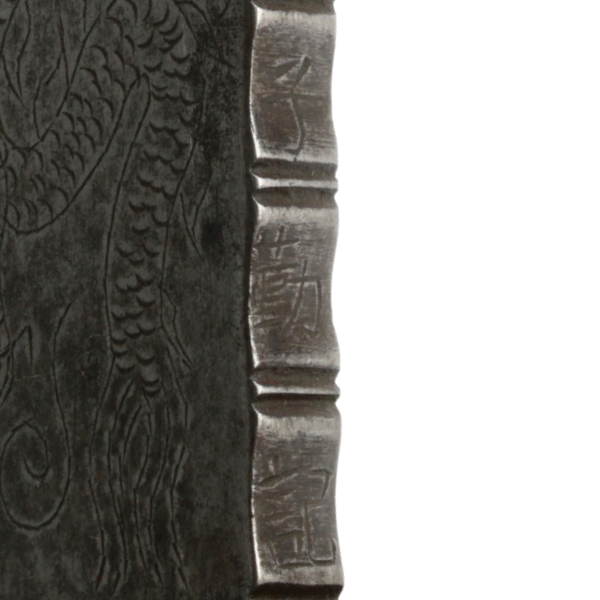
Zi Qín Jì (子勤記)
A Chinese sword maker's shop that was active during the Guangxu period (1875 - 1908).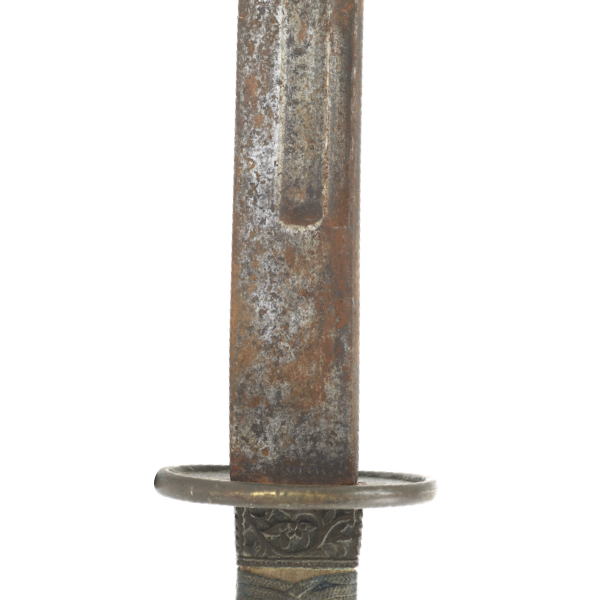
Dāo shàng xiù (刀上鏥)
Language: Mandarin Chinese
Source: Classical literature
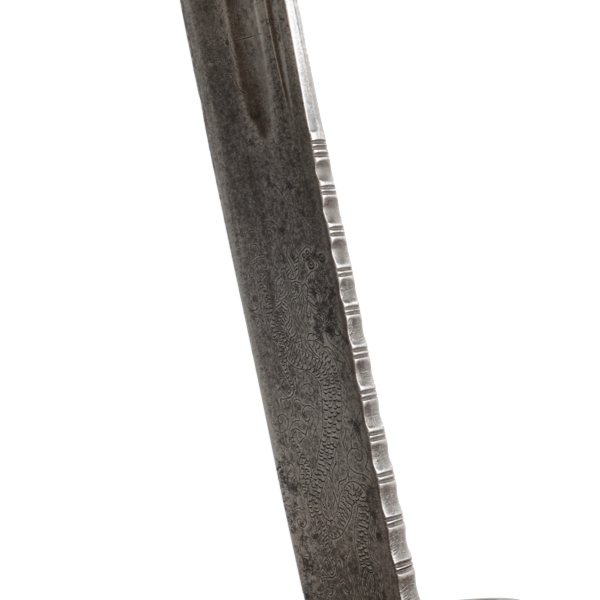
Dāo bèi (刀背)
Qing Chinese for the back of a blade.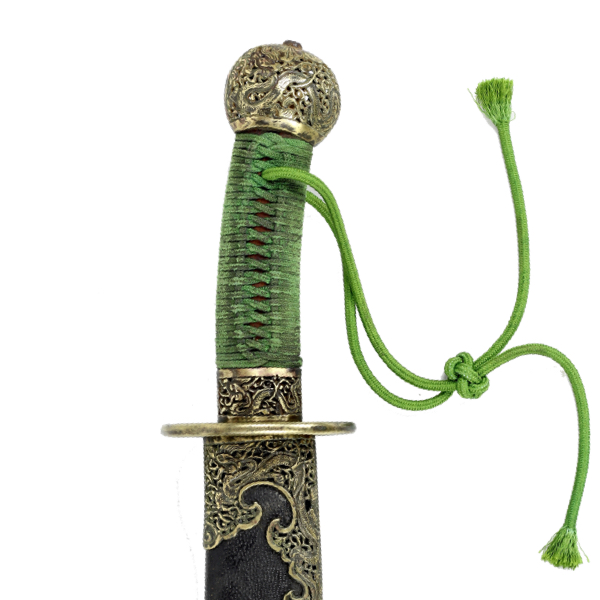
Yāodāo xìzi (腰刀繫子)
Qing Chinese for saber lanyard.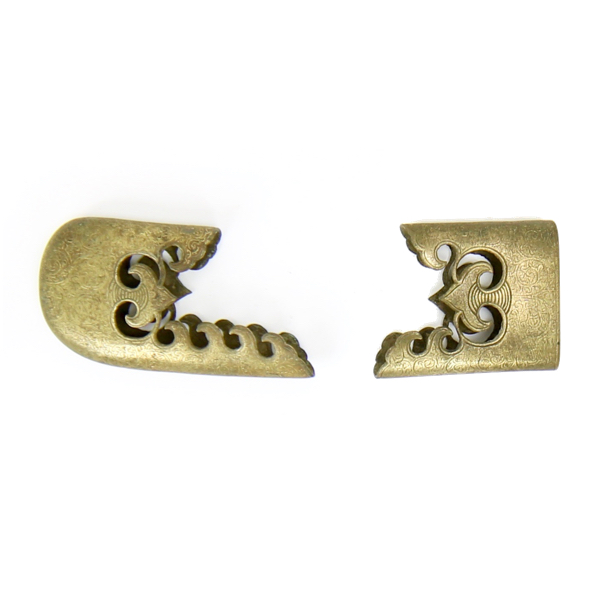
Dāoqiào dǐshù (刀鞘底束)
Qing Chinese for the two mounts on either end of a saber scabbard.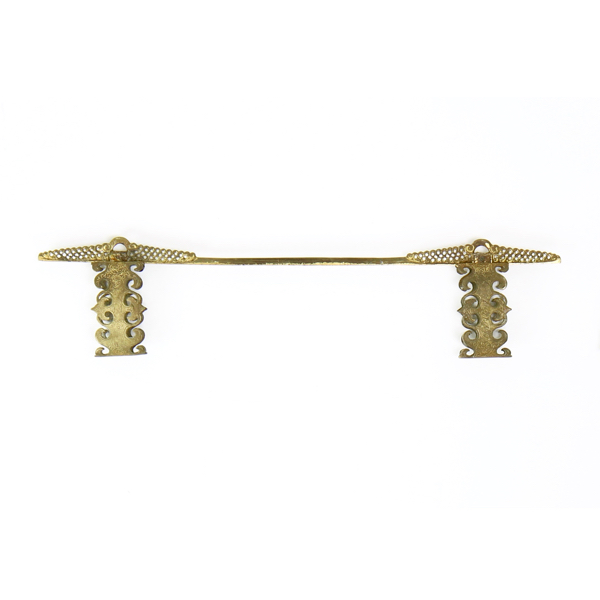
Dāo shù liáng (刀束樑)
Language: Mandarin Chinese
Source: Classical literature
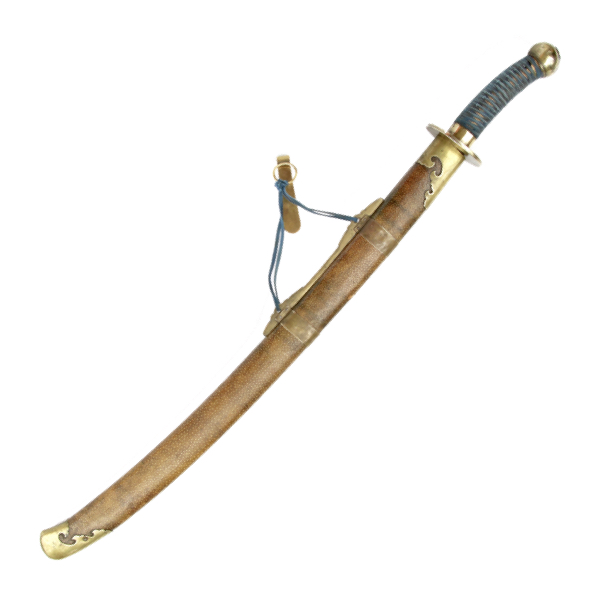
Yāodāo (腰刀)
Literally "waist saber", the standard military saber of the Qing.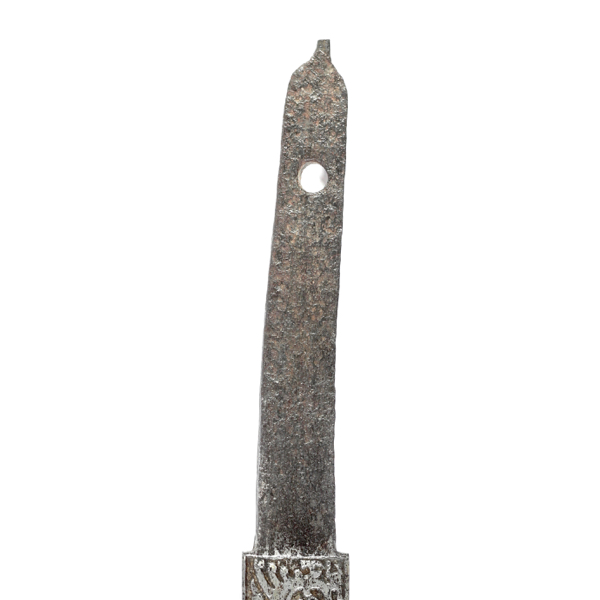
Sǔn (榫)
Language: Mandarin Chinese
Source: Classical literature
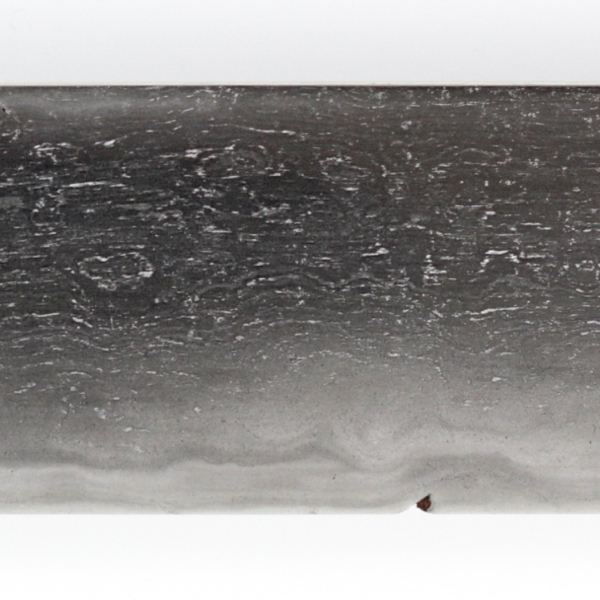
Dāo rèn bēng (刀刃崩)
Qing Chinese for edge damage on a saber blade.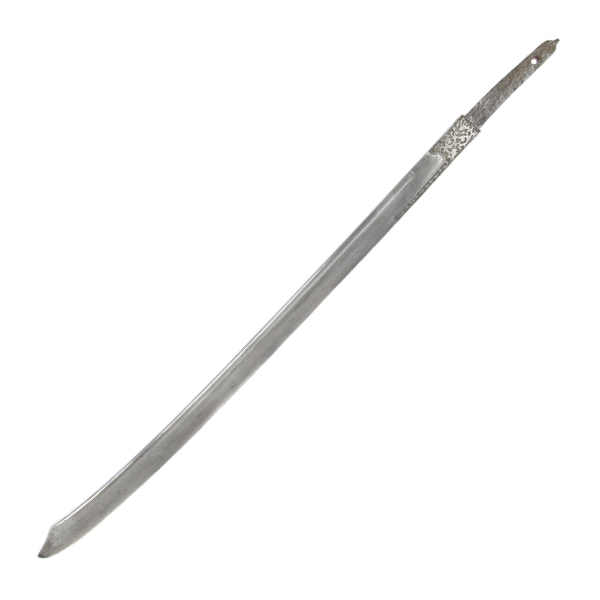
Dāo rèn (刀刃)
Qing Chinese for saber edge / saber blade.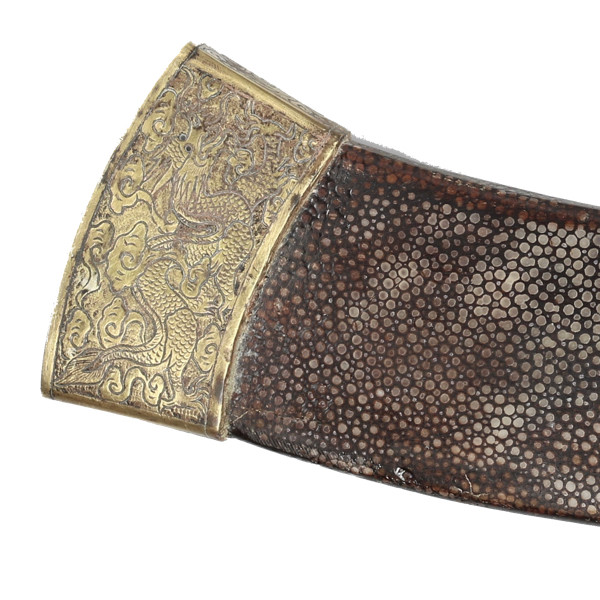
Dāo dǐ gū (刀底箍)
Qing Chinese for a saber scabbard endpiece.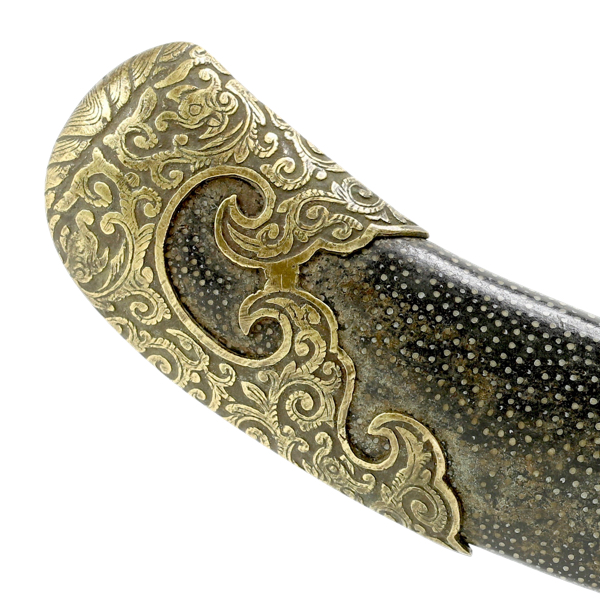
Dāo dǐ yún (刀底雲)
Qing Chinese for a specific type of scabbard endpiece.
Dāo qiào dǐ shù (刀鞘底束)
Qing Chinese for saber scabbard endpiece.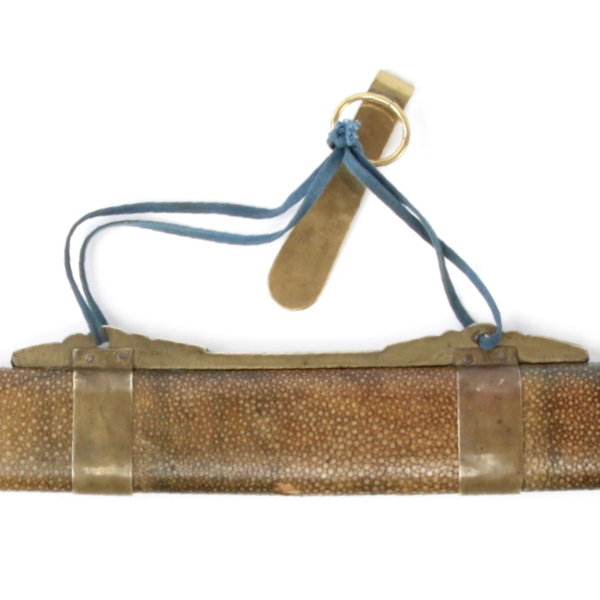
Dāo liáng (刀梁)
Qing Chinese for the suspension bar on a saber scabbard.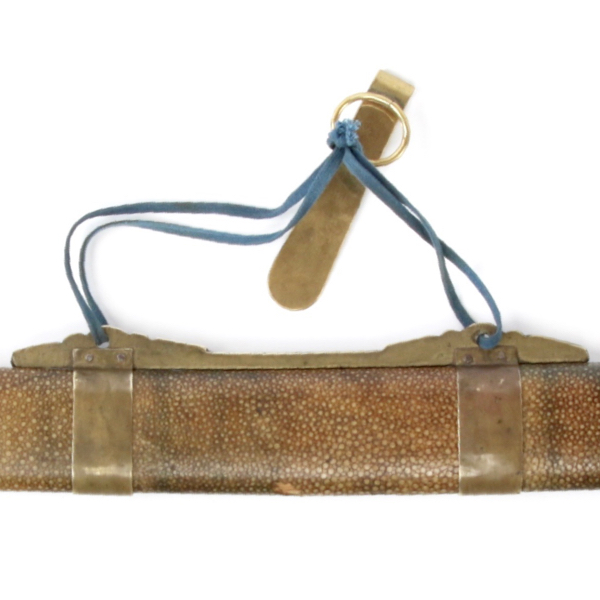
Qiàoshàng shuāngyǎn shù (鞘上雙眼束)
Qing Chinese for the suspension bar on a scabbard.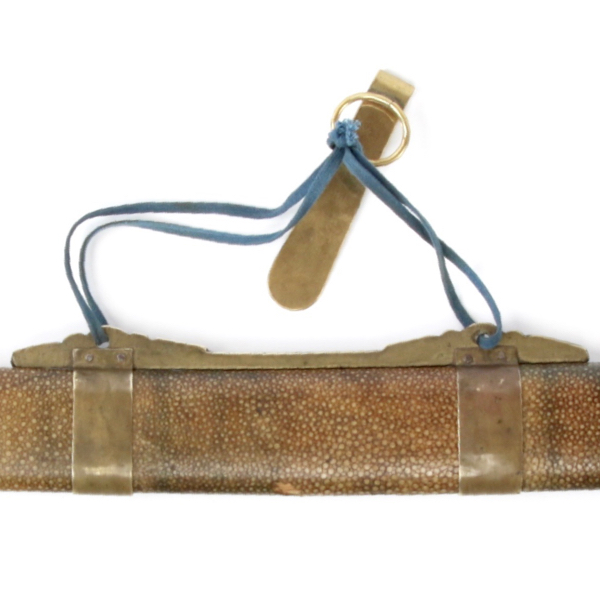
Dāo shùliáng (刀束樑)
Qing Chinese for the suspension bar on a saber scabbard.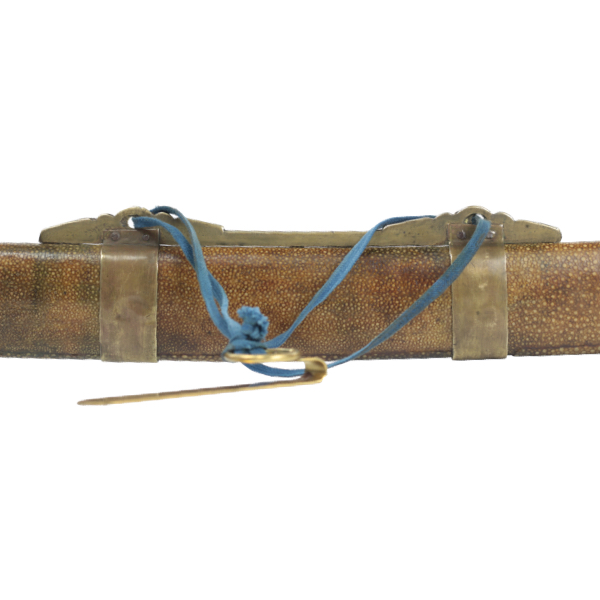
Dāoqiào zhōngshù (刀鞘中束)
Qing Chinese for "saber suspension bands".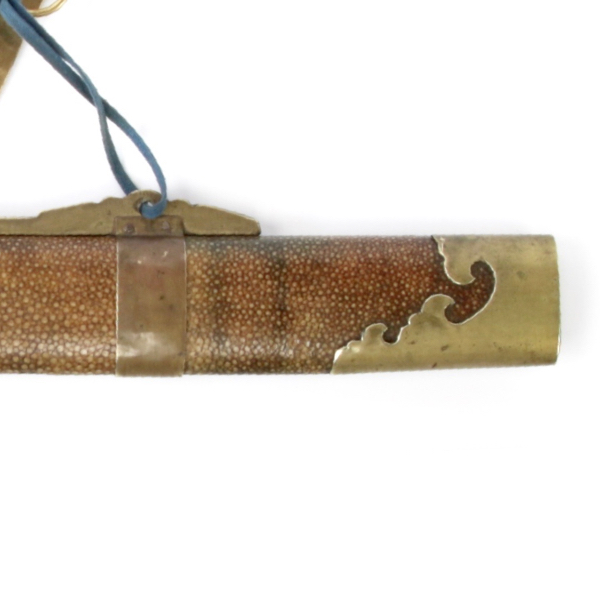
Dāoqiào shù (刀鞘束)
Qing Chinese for saber scabbard mounts.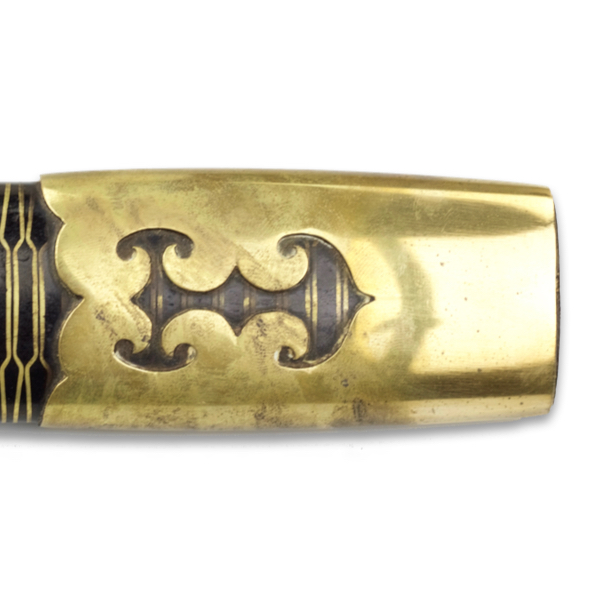
Qiào kǒugū (鞘口箍)
Qing Chinese for the mouthpiece of a scabbard.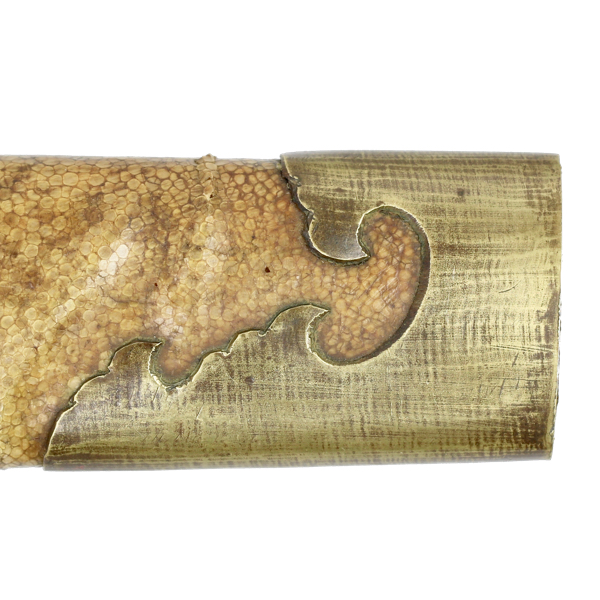
Dāoqiào kǒugū (刀鞘口箍)
Qing Chinese for the mouthpiece of a saber scabbard.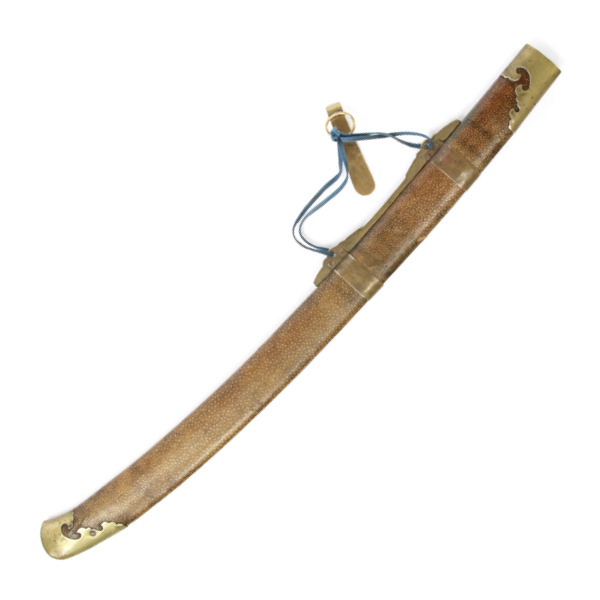
Dāoqiào (刀鞘)
Qing Chinese for "saber scabbard".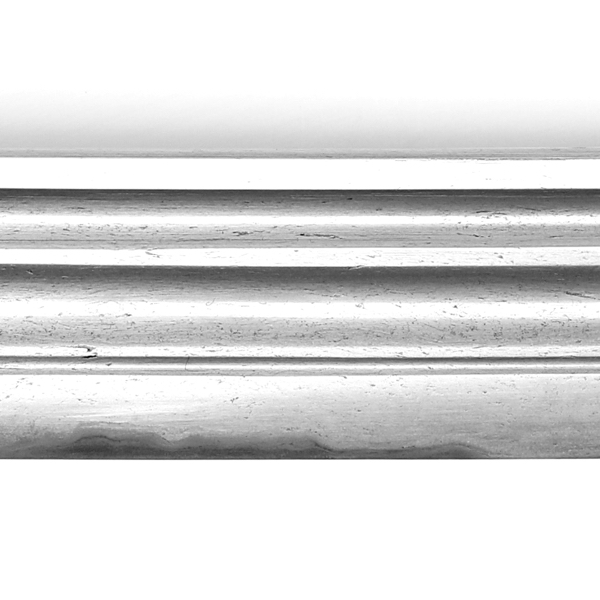
Dāo cáo (刀槽)
Qing Chinese for a groove in a saber blade.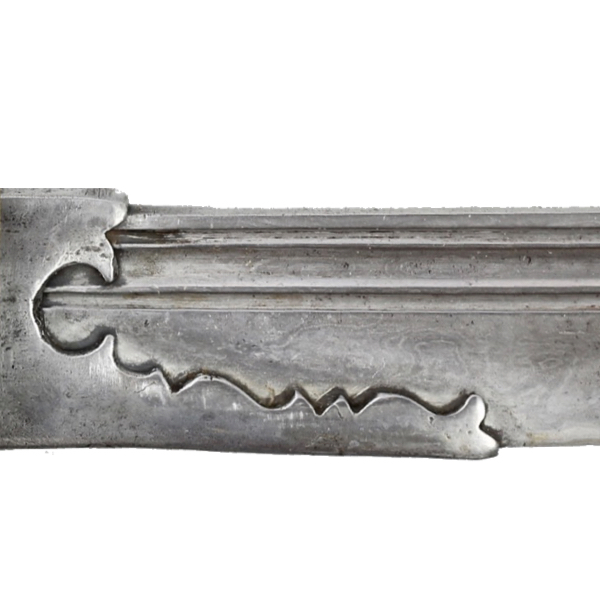
Dāo tūnkǒu (刀吞口)
Qing Chinese term for the collar-piece found on some Chinese sabers.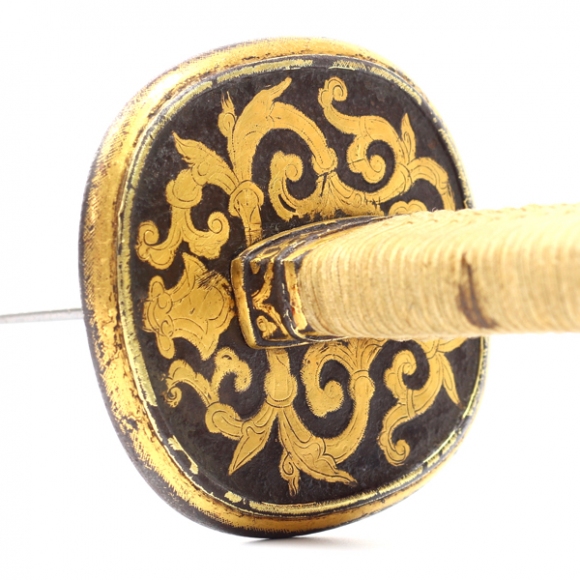
Dāo hūshǒu (刀護手)
Qing Chinese for "saber guard".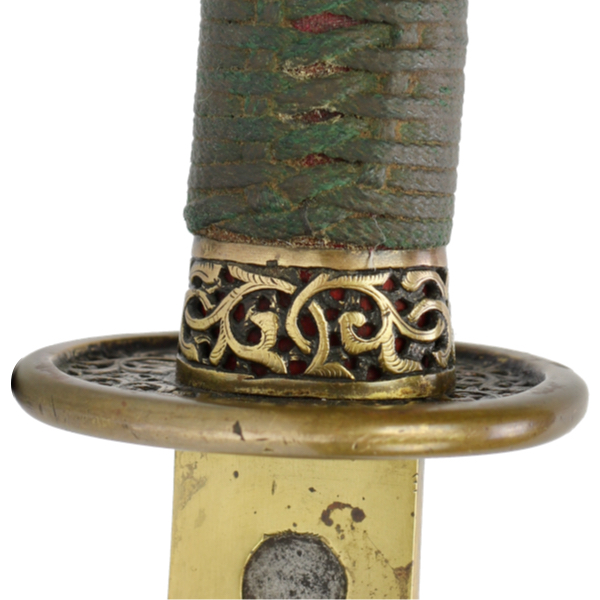
Dāobǎ shù (刀把束)
Qing Chinese for the ferrule of a saber hilt.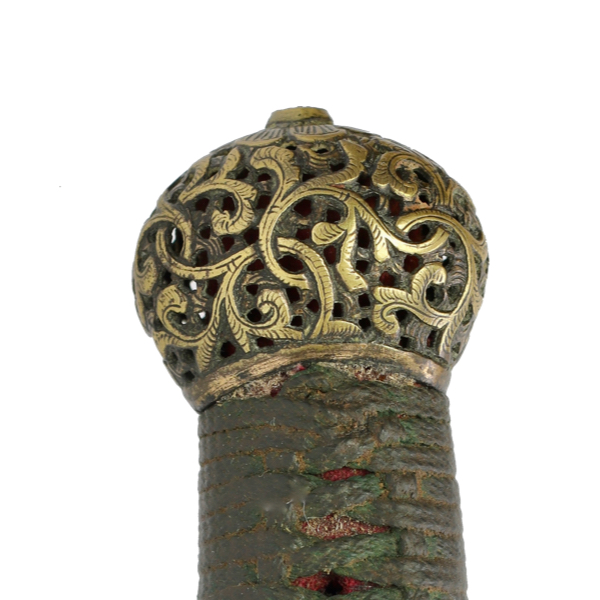
Dāobǎ dǐngshù (刀把頂束)
Qing Chinese for "saber pommel".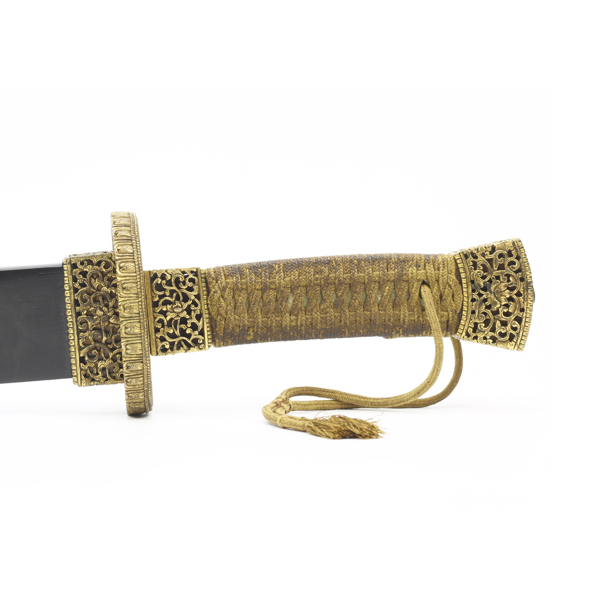
Dāobǎ (刀把 / 刀把)
Qing Chinese for "saber grip".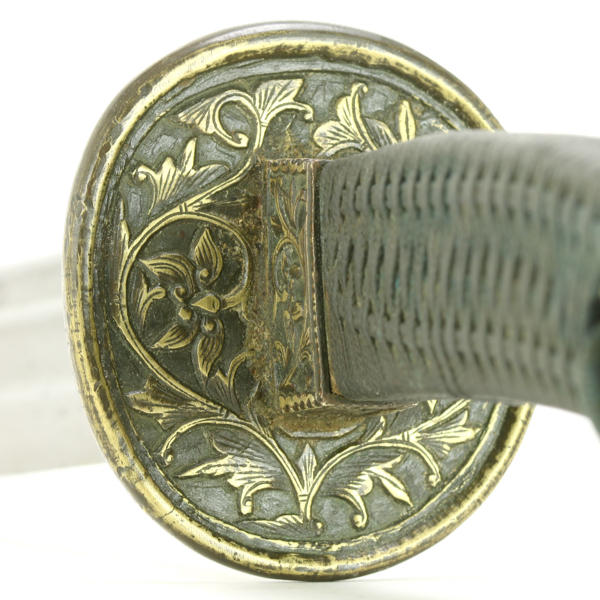
Fangshi officer's saber
With a good blade and a set of fittings that exceed the quality of most of this period.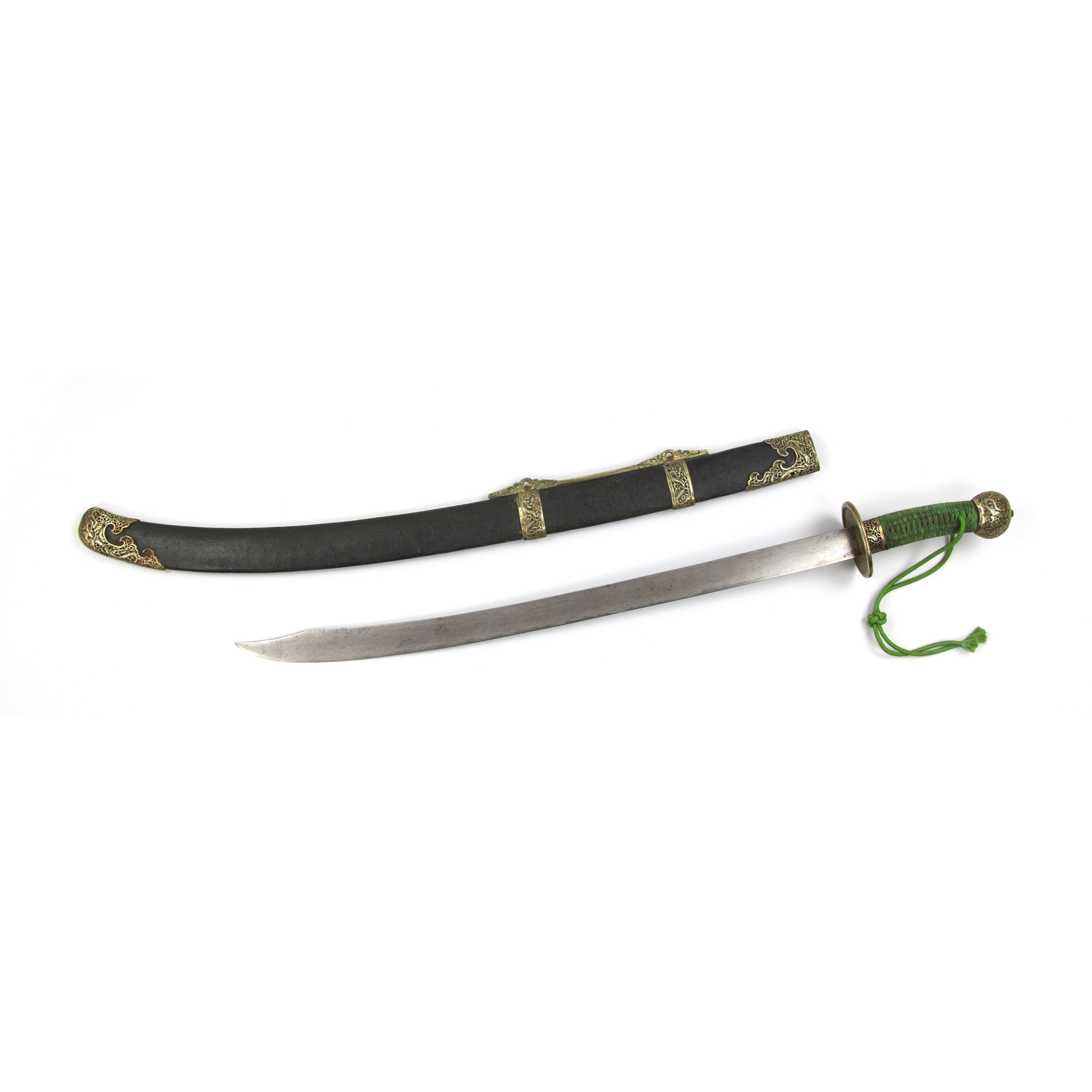
Pèidāo (佩刀)
Literally "waist-worn-saber".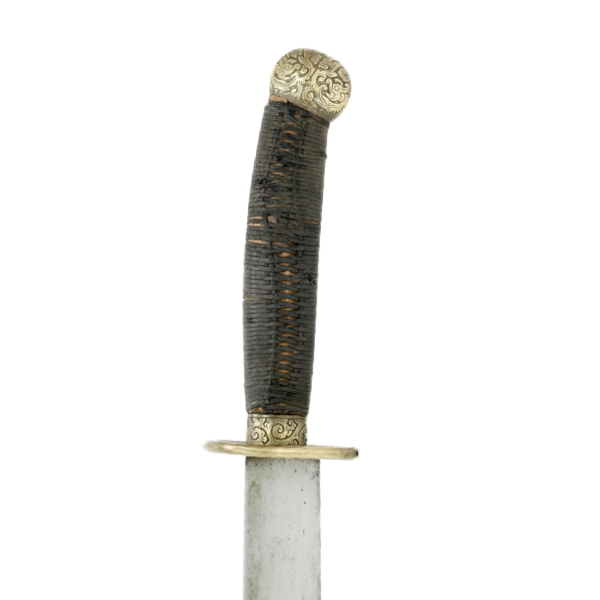
Large Southern Chinese saber
Built around a beautifully forged blade, in full polish, revealing a burl grain pattern.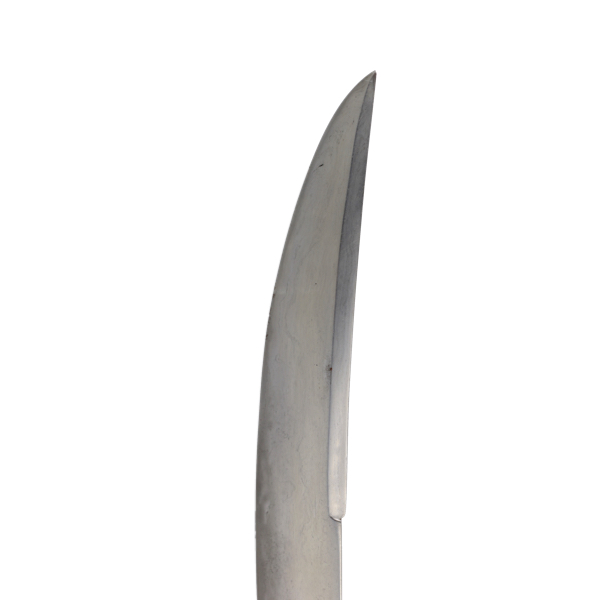
Yànlíngdāo (雁翎刀)
A Chinese saber type that translates as "goose-feather saber".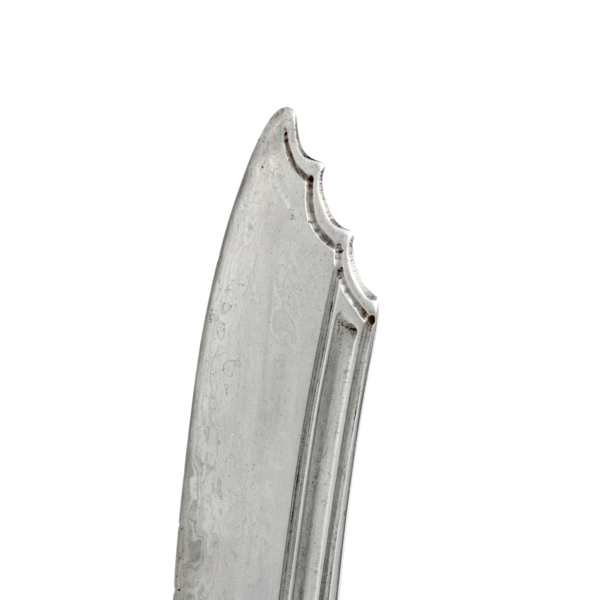
Yànchìdāo (雁翅刀)
Chinese saber type with a gently curved blade and clipped tip.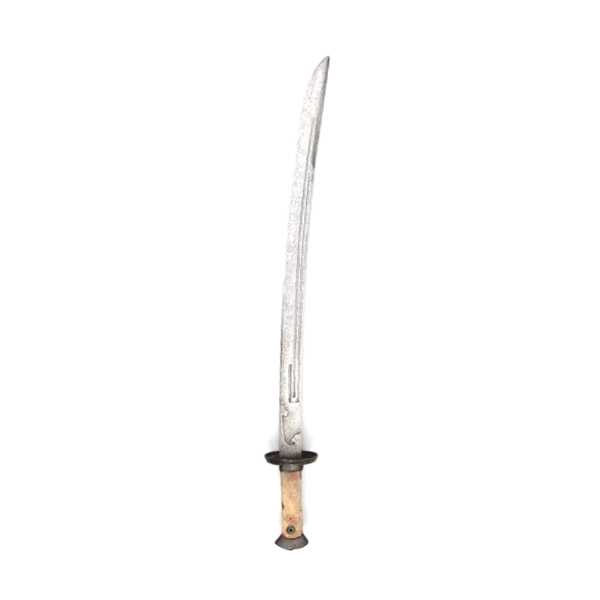
Liǔyèdāo (柳葉刀)
A Chinese saber with a gentle curve.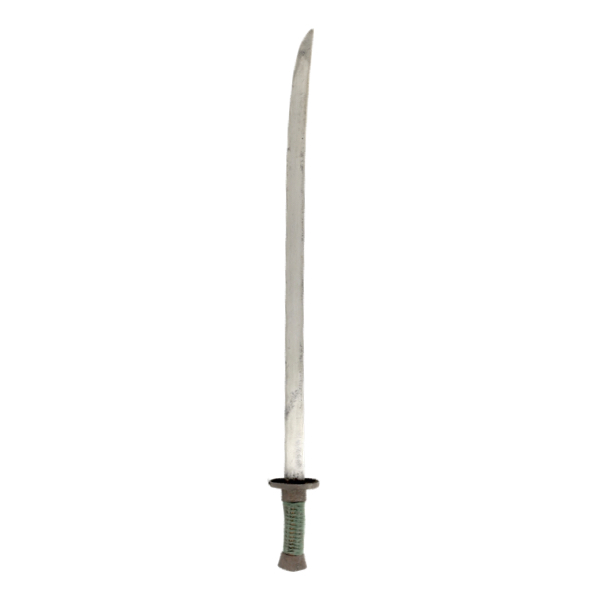
Yànmáodāo (雁毛刀)
A Chinese saber type with a mainly straight blade that curves up at the tip. It literally means "goose-quill-saber".